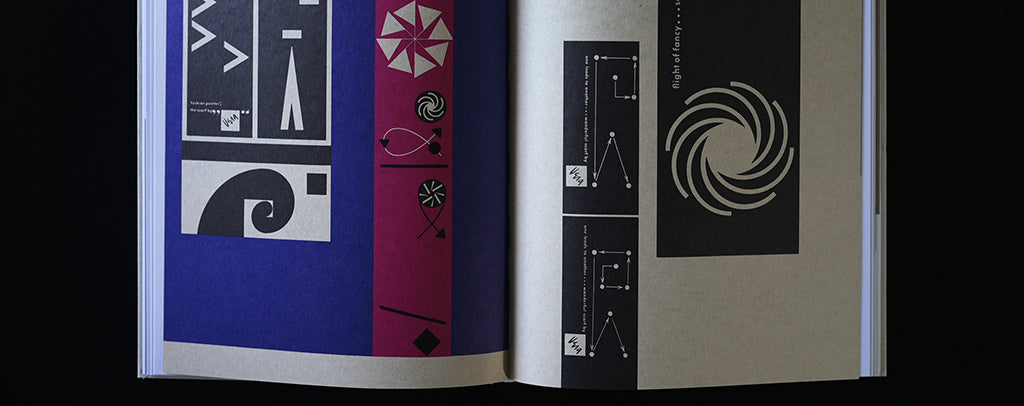In a new series for the site, we’re asking Unit Editions readers to nominate a single favourite art/design book and tell us why it remains important to them. It can be any book, from any time – from well-known tomes to unsung classics.
First up, Ana Bettencourt tells us about one of her favourite publications – a 2015 facsimile edition of Ladislav Sutnar: Visual Design in Action, originally published in 1961:
The world is now more digitally connected than ever and the global pandemic has accelerated this tendency, writes Bettencourt. As a result we spend many hours in front of the screen and our lives are filled with user-centred experiences (delivered via digital and non-digital means).
As new technologies emerge as real-world systems – with information design playing an important role in how we perceive data – there is still a need for visual communication based upon precision, clarity and accessibility.


Sometimes we need to look beyond our screens and at what came before us, asking what worked and why it worked. With regard to information design, Visual Design in Action by Ladislav Sutnar remains a highly significant book.
Sutnar wrote and designed the book and published it as a limited edition in 1961. The volume didn’t sell very well at the time, but it has since become a classic of modern graphic design, as inspiring as it was when first published.


In the early 1960s, high-quality book production was a craftsman’s art (if a book was made with letterpress technology, things could get very expensive). Sutnar insisted on the importance of design planning as well as having a respect for the materials and tools used for production.
His book is made up of three main sections: principles and attributes; US information design progress; and early modern design concepts.


Throughout the book, we can see and feel an entire designed experience in a non-digital way. The design of the publication is a joy of visual simplicity, visual interest and continuity made with precision and unity.
Sutnar also took advantage of the visual and tactile qualities of the selected paper types; their weight, texture, colour, and reaction to the ink.


The unconventional use of the italic type for the entire body text of the book is notable – and from page to page, the interplay of individual coloured sheets ensures subtle pacing against those in black and white. This gives the volume a lucidity and clarity of structure (and offers a visual pause when needed).
Visual Design in Action is the manifestation of Sutnar’s futuristic vision of information design and his writing is annotated with symbols, insights and annotations throughout.
I’d like to end by sharing two of Sutnar’s insights that grabbed my attention: “Good design cannot be obtained by prescription” and “Divergence from the conventional can make the common exciting”.
Ana Bettencourt is a UI / Visual designer and research assistant at the Interactive Technologies Institute – LARSyS. Ladislav Sutnar: Visual Design in Action, edited by Reto Caduff and Steven Heller, is published by Lars Müller.

